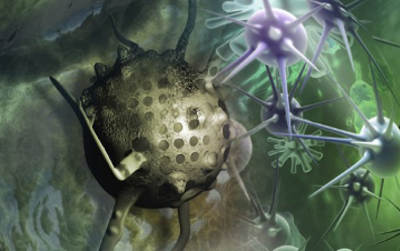
Now doctors can target the tumor growth more effectively and precisely as British scientists have developed a new form of 3D printing putting it to a work where in there is a replica model being developed of the cancerous body part.
The new cancer work involves printing 3D "phantoms" of tumors and organs based on CT scans taken of patients during treatment. These plastic molds can be filled with liquid, allowing experts see in detail the flow of so-called radio pharmaceuticals.
Radio pharmaceuticals are drugs containing radioactive material that may be injected into a vein, taken by mouth or placed in a body cavity. The challenge is to give a dose that is high enough to kill cancer cells, without causing excessive collateral damage to healthy tissue. Glenn Flux, head of radioisotope physics at the Institute of Cancer Research in London, believes accurate modeling will allow doctors in future to fine-tune dosing, resulting in the likely routine use of such 3D printouts.
Many chances of acquiring tumors that consists of thyroid cancer, cancer of nerves cells in children and certain other tumors that spread to the bones can also be diagnosed and detected. The team in London used a 3D printer from Stratasys, one of the leading suppliers of high-end machines.





